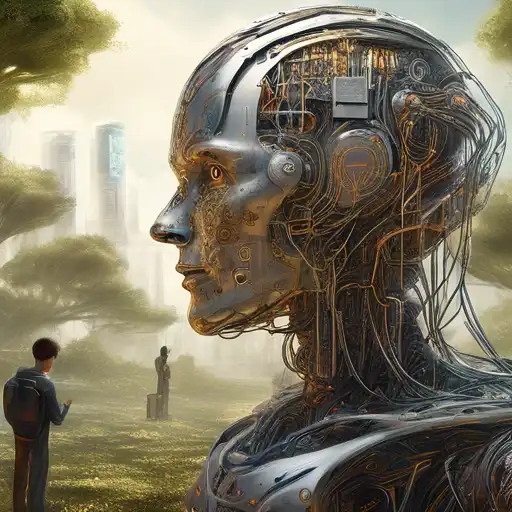Introduction to Natural Language Processing
Natural Language Processing (NLP) stands at the intersection of computer science, artificial intelligence, and linguistics. It enables machines to understand, interpret, and generate human language in a way that is both meaningful and useful. From virtual assistants to translation services, NLP is revolutionizing how we interact with technology.
How Machines Process Human Language
At its core, NLP involves several key steps: tokenization, parsing, semantic understanding, and generation. Tokenization breaks down text into manageable pieces, such as words or phrases. Parsing analyzes the grammatical structure of sentences. Semantic understanding interprets the meaning behind words, and generation involves creating human-like responses.
Applications of Natural Language Processing
NLP powers a wide range of applications, including but not limited to:
- Chatbots and virtual assistants like Siri and Alexa
- Email filtering and spam detection
- Sentiment analysis for market research
- Language translation services such as Google Translate
These applications demonstrate the versatility and power of NLP in solving real-world problems.
Challenges in Natural Language Processing
Despite its advancements, NLP faces several challenges. Ambiguity in language, cultural nuances, and the ever-evolving nature of human communication make it difficult for machines to achieve perfect understanding. However, ongoing research in machine learning and computational linguistics continues to push the boundaries of what's possible.
The Future of Natural Language Processing
The future of NLP is bright, with advancements in deep learning and neural networks leading the way. These technologies promise to enhance machine understanding of human language, making interactions more natural and intuitive. As NLP evolves, we can expect even more innovative applications that will further blur the line between human and machine communication.
In conclusion, Natural Language Processing is a fascinating field that bridges human communication and technology. Its applications are vast and its potential is limitless. By understanding the science behind how machines understand us, we can better appreciate the technology that powers our digital world.
